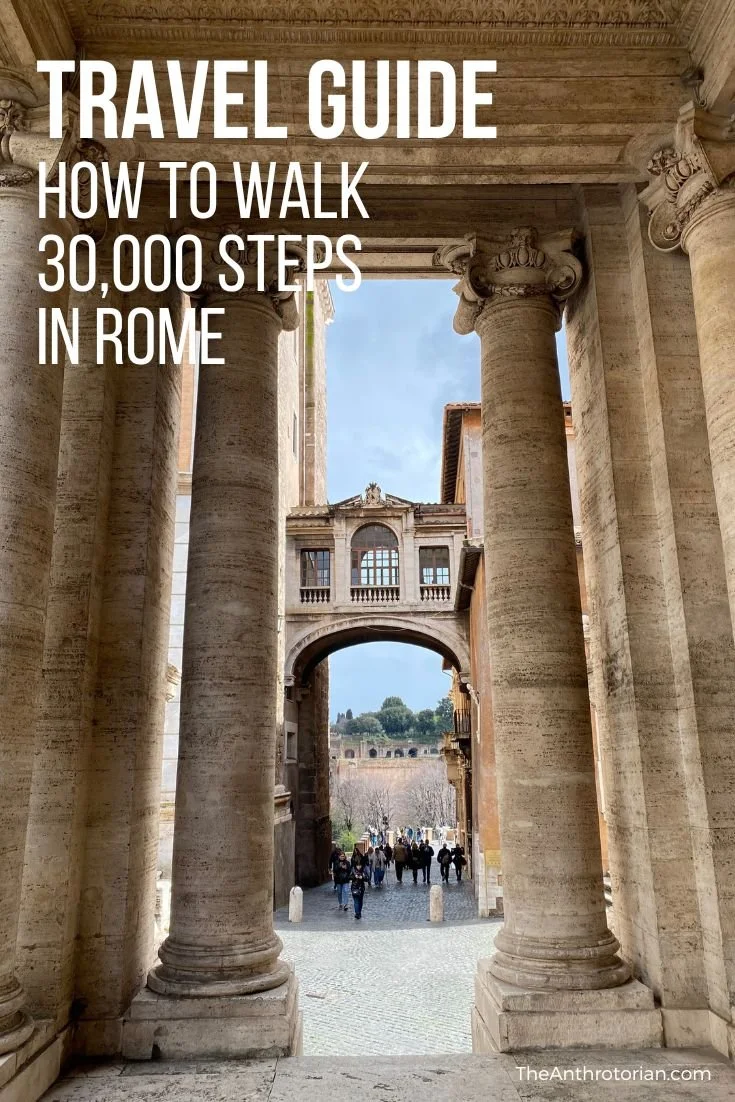THE STATS:
Location — Taormina is a small picturesque town located on the east coast of the island of Sicily, Italy. It perches high on the cliffs above the Ionian Sea, which is luxuriously warm and has an extremely high salt content (better for floating!).
Population — Approximately 11,000 permanent residents call this historical village home.
Claim To Fame — Considered to be the most beautiful town in Sicily, Taormina has been a hub of art and trade back to the time when Italy was ruled by the Greeks (around the 5th century BC). Now frequented by the European jet-set, it is the type of Italian town you see in the movies, and is packed with restaurants, cafes, parks, and boutiques. One of the most stunning sights is the Teatro Greco, an ancient Roman amphitheatre that overlooks the sea and — on a clear day — gives you a view of Mt Etna. Oh, and did I mention the AMAZING beaches!
Orientation — The town centre is located on the top of a hill (you must take a bus or a looonnnggg walk to get up to it). The main road, Corso Umberto I, runs through the whole town.
Getting Around — Walk, walk, and walk! This is a tiny little town so the easiest way to get around, and take in the gorgeous views, is to use your own two feet. In order to get down to the beach you will need to take a cable car OR go on a nice long steep hike (trust me, take the cable car).
Getting There and Away — If you are coming from the mainland, the easiest thing to do is to take the train. How do you get to an island on a train you ask? On a boat of course! The Italians have ferry boats that line up with the tracks and allow the trains to drive right on, meeting up with the tracks again on the island. You will need to catch an Interbus from the train station into town. If travelling around the island the best way to go is by bus.
Where To Stay — Because Taormina tends to attract a wealthier crowd, there are many expensive hotels, pensiones, villas, and rooms for rent. But, the budget conscious need not dismay, there are also a few cheap hostels and even a campground for you! Try and call ahead if you are travelling in the high season however, as you can imagine, these less-expensive options fill up fast!
What To Do — Relax at a cafe, ride the cable car down to the beach, suntan, take in the majestic view of Mt Etna at the Teatro Greco, hike up the cacti speckled cliffs overlooking the sea, wander through the historic city centre as the sun sets, indulge in a delicious meal at a local restaurant... REPEAT!
How I Found It — While travelling through Italy, my travel buddies and I ended up in Taormina largely because it was the lest expensive ticket to buy at the train station. Our ultimate goal was getting to Mt Etna (a town over), but we decided to stop here in order to save some money.
Intending to only stay for one night, we ended up adding a few more because of the chilled out atmosphere, a great hostel, and the gorgeous beach!
















